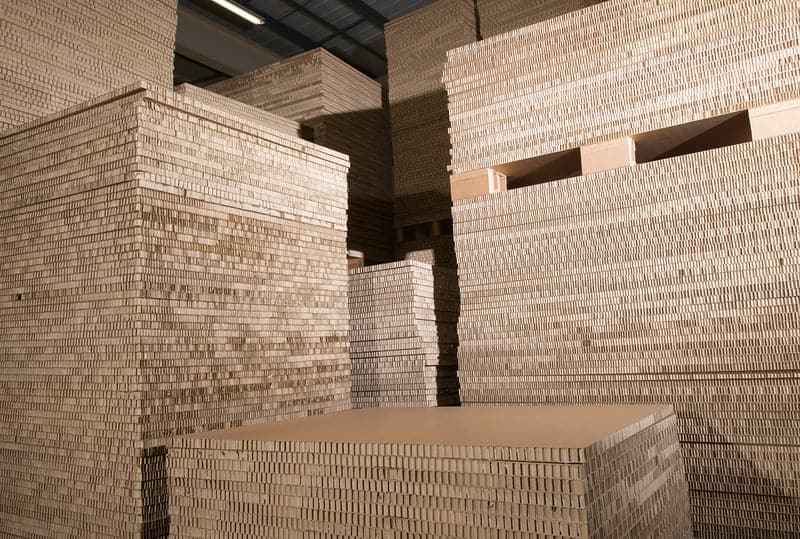With sustainability firmly on the global agenda, finding ways to make warehouse storage, logistics and packaging ‘greener’ and more efficient has become a priority for many businesses. One solution that can positively impact all three areas is investing in more sustainable shipping pallets, shipping crates, warehouse storage solutions, and packaging. This is where honeycomb technology comes in.
Inspired by nature, products that use honeycomb technology feature hexagonal cells that mirror those found inside beehives. This helps to create a smart material that has the ability to offer a unique combination of weight-bearing strength and easy portability due to its lightweight nature. Honeycomb materials made of paper are also typically 100% recyclable and can be used to make shipping pallets and boxes, protective packaging, warehouse storage solutions and much more.
However, how is this increasingly popular material made? Are honeycomb pallets, boxes and packaging solutions effective? And what are the advantages of this smart material? Read on to find answers to all of these questions and more.
How is honeycomb paper cardboard made?
Paper honeycomb core is made by gluing together separate bands of paper to create a collection of continuous hexagonal (honeycomb shaped) cells. These cells are then typically backed on top and bottom with flat, thicker pieces of kraft paper or card, creating a sandwich effect.
This process creates a robust structure with an impressive strength-to-weight ratio which can be explained by the I-beam principle. This is to say, while the horizontal pieces of flat outer paper act as flanges to resist bending movements, the vertically placed honeycomb structure acts to resist additional stress and provide a cushioning, shock-absorbing quality. This principle is commonly applied in large scale civil engineering projects.
Advantages of honeycomb cell structures
Products utilising this honeycomb structure technology have a wide variety of uses in many different industries including packaging and warehouse storage bins.
Sustainability
Cardboard and paper-based honeycomb products, including warehouse storage pick bins, can be reusable and are 100% recyclable. These products are typically manufactured from a high proportion of recycled paper and only use water-based glues and adhesives.
Due to the ‘hollow’ cellular nature of the honeycomb cells, less paper is needed to produce these products when compared to traditional cardboard and corrugated paper board packaging. All of this adds up to warehouse storage products that have the potential to reduce a brand’s carbon footprint in the long term.
Strength
Due to the smart design of honeycomb cardboard structures the I-beam principle enables such products to be, pound for pound, stronger than steel.
Lightweight properties
Unlike traditional materials like wood, steel and plastic warehouse solutions, paper-based honeycomb structures are extremely lightweight. This can bring about savings when it comes to reduced safety issues without compromising on the protection of the products.
